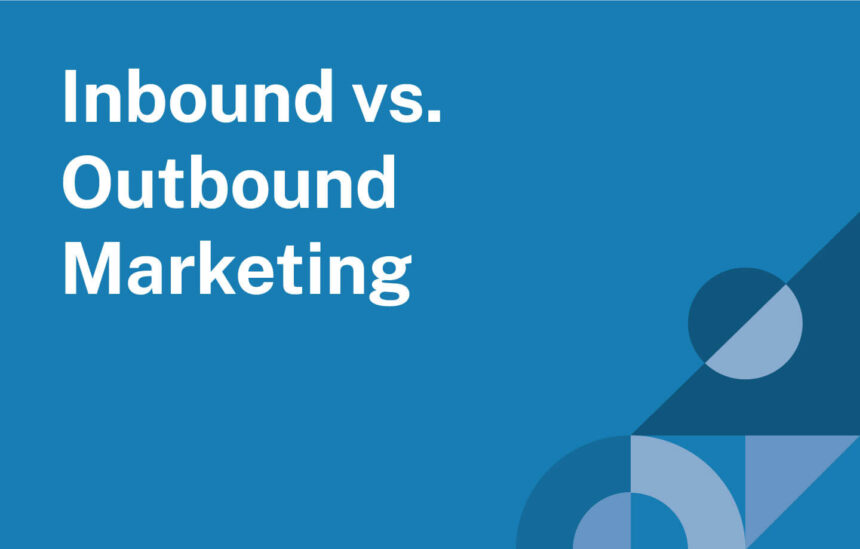In the realm of marketing, inbound and outbound marketing strategies represent two contrasting approaches to attracting and engaging customers. Inbound marketing focuses on drawing potential customers in by providing valuable content and experiences. On the other hand, outbound marketing involves actively reaching out to prospects. Both approaches have their merits, limitations, and outcomes. Marketing specialists, particularly those on a budget, should be mindful of investing in the scheme that assures maximum ROI (return on investment). This discussion will take you through the details and comparisons in outbound and inbound marketing ROI. With this information, you can make an informed decision for your business.
Understanding Inbound and Outbound Marketing
Inbound marketing focuses on drawing customers from a wider audience and maintaining a relationship with them via content that is of perceived value to them. It is designed for the execution of strategic directions composed of content marketing, SEO, and social media channels. Through the production of system usage-related secure content, corporations actively work on the formation of a positive long-term perception from their future clients.
Through outbound marketing, companies execute promotions that continuously approach customers through channels like cold calling, advertisements, and direct mailing. Unlike inbound marketing, which is a tractor method, outbound marketing is a pushing type of method that may cause an interruption in the customer process. Its most basic audience is the public, and it uses mass communication to obtain quick, effective results. The most important factor for the success of the campaign lies in the right placement, relevance, and impact the message has on the target audience.
Understanding ROI in Marketing
ROI (Return on Investment) in digital marketing is the quantifiable measure of the profitability of marketing attempts adjusted with the costs compared to the expense. This part includes the complete financial analysis of the digital marketing campaigns that have been employed, including accounting for the ROI. Knowing ROI will make marketers capable of measuring the legitimacy of their approaches, divvying resources well, and enhancing their campaigns so as to get returns on investments and achieve the business’s objectives.
Inbound ROI metrics
Various key performance indicators (KPIs) measure the efficacy of your actions and can gauge everything related to ROI (Return on Investment) in inbound marketing.
- Track the growth in web site visitors across time by means of analytics tools such as Google Analytics.
- Examine traffic sources in depth to measure the power of inbound leads from various sources.
- Calculate the cost per lead acquired through inbound to assess efficiency.
- Keep an eye on the conversions from the different stages of the sales funnel.
- Measure engagement metrics on social media platforms.
- Evaluate the social media engagement and website traffic, lead generation, and customer acquisition outcomes.
- Identify the long-term results of the inbound approach that will benefit the business in developing strong customer bonds
By tracking ROI metrics, companies can realize the success rate of their inbound marketing activities and re-engineer them to perform better.
Outbound ROI metrics
ROI (Return on Investment) in outbound marketing can also be evaluated with a number of key performance indicators (KPIs) that tell us the extent to which the campaign has been successful. Here’s an outline of examples of ROI in outbound marketing.
- Track the number of leads received from outbound marketing sources such as cold emails, direct mail, and email shots.
- Determine the expenditure incurred to gain a customer through outbound means of marketing.
- Track revenue, average order value (AOV), and customer lifetime value (CLV) as metrics of outbound marketing’s efficiency.
- Check figures, such as open rates, click-through rates, and conversion percentages, to monitor the performance of outbound email campaigns.
By following these ROI parameters, a business can assess the performance of its outbound marketing activities and create ways to improve its strategies.
Different marketing strategies yield different results. Hence, it is important to evaluate the budget, make predictions, and calculate potential profits before investing in campaigns. Many agencies and marketing specialists have specialized tools, like an inbound ROI calculator to help you get a ballpark figure. You can find such experts by visiting their websites.






